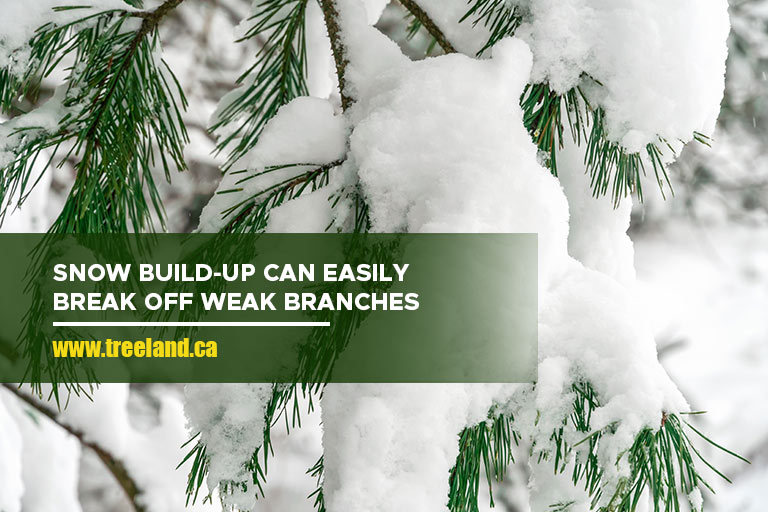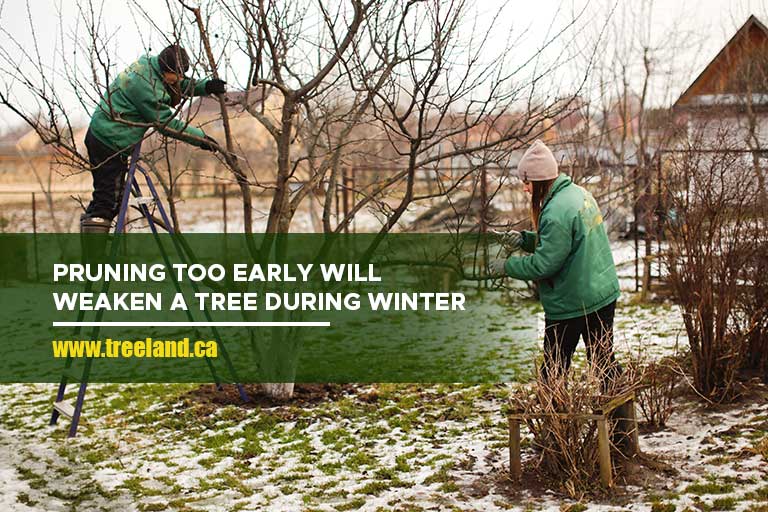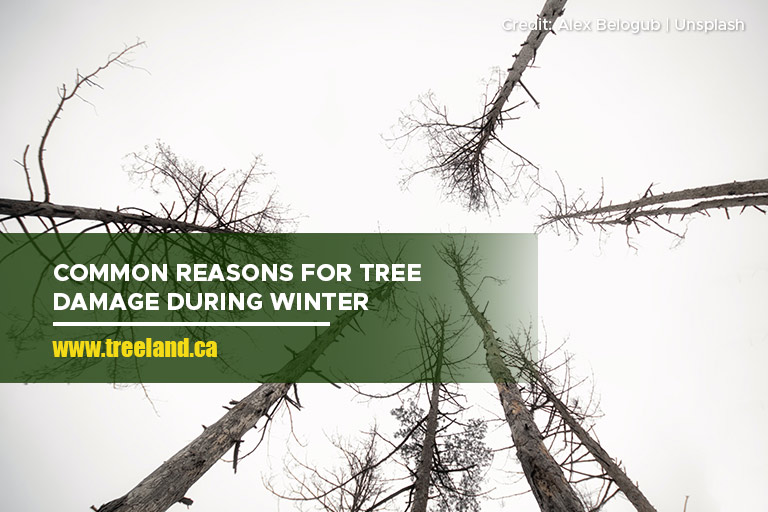Dubbed the time for sweater weather, winter wonderlands, and snow angels, winter is truly one of the most magical seasons. However, the harsh conditions that it brings to your lawn tells a whole other story.
Because it can lead to water storages, dries up branches and leaves, and blows away every piece of life from your trees, winter can be a harsh time for your landscape. As the homeowner, you can turn this around by making sure that your trees are well taken care of.
You can try out preventative tips and horticultural first aids for your trees to help them adjust to the cold. Protect your garden trees during the cold season by knowing the common causes of damage and how to prevent them:
- Dehydration
The dry winds that the cold season brings will effectively draw out all the moisture from your plants and trees. When this happens, your garden may undergo winter desiccation. This winter burn phenomenon can decimate your trees entirely and kill them before the spring season comes in.
Experiencing this kind of garden damage will hinder you from revitalizing your garden once more when the ice thaws out. To prevent any extensive damage, you should water your trees regularly during the fall season in preparation for the dry winter months.
They should also be planted in locations that are protected from any wind or sun, preferably on the eastern side of your property. You may hire a company specializing in tree moving in Toronto to help you out with transferring your trees and shrubs, to ensure that they survive during the move.
- Heavy ice or snow build-up

Canada, with its moniker the Great White North, understandably experiences more winter ice and snow than other parts of North America. This freezing season is especially pronounced in areas like Winnipeg, where snowfall is greater than in the rest of the country.
Having this snow or ice build up on your trees and shrubs can weigh them down, as it dampens the soil and will easily break branches due to the unbearable load of snow. To prevent this, make sure to check on your garden regularly, and brush off any snow that may have accumulated.
However, if a snowstorm has passed, it may be safer to have a professional arborist remove the snow and ice build-up rather than doing it on your own since you may cause more harm.
- Animal activities
Similar to how you would cuddle in front of your fireplaces inside your home and cozy up with your loved ones, nature’s critters do the same thing as well. They will do this by burying themselves near the roots of trees, carving a home on the trunks, or building a nest on its branches.
This hibernation behaviour often occurs at the end of autumn and the beginning of winter. This is when warm-blooded animals will often create burrows in trees and shrubs, where they can store their food and find warmth during the cold winter months.
However, due to this behaviour, they may accidentally damage your trees. Mice, rabbits, and deer that have run short of their winter storage will gnaw on the bark of your trees instead.
To discourage them from doing this and to protect your tree, make sure to spray it with a non-toxic, animal-specific tree-safe repellent that will keep away any unwanted guests from damaging your trees.
You may also build a physical barrier around your tree, like a fence or tree guard, to keep them out. However, if your trees are unsalvageable due to animal damage, you can always look up trees for sale in GTA to find a replacement.
- Using salt to remove ice
Using salt to remove ice on your driveway is convenient and effective. However, when the ice thaws and carries the salt with it, this high-saline solution will then be absorbed by the soil.
The tree will then proceed to absorb this contaminated water, which could significantly damage its vascular system. Salt and iodine build-up on tree roots may reduce moisture, block out essential nutrients, and effectively kill your tree.
Privacy trees are especially more vulnerable to this damage since they are placed on the driveway and borders, which makes them susceptible to absorbing the contaminated water.
To prevent this from happening, instead of using salt to remove the ice around your lawn and driveway, just shovel the snow to the side instead. Not only will you squeeze in some exercise, but you’ll also protect your privacy trees and vegetation.
- Pruning at an inappropriate time

Pruning your trees before winter can significantly decrease their survival rate. Since you’re removing the food-producing leaves from its system, you’ll be limiting its nutrient supply.
Instead of doing your tree pruning before winter, you can carefully do it in the middle winter. Just remove the parts just about to wither. However, proper timing is still essential. Pruning before hibernation will only stunt the growth of new shoots as they will be unable to survive the cold. Consult with an arborist to know the right time to prune.
- Ice storm
Blizzards and winter storms are unavoidable during the cold season. Once they arrive, the ice glaze that results can damage your tree’s structural integrity.
If not removed, this can cause bending snapping, split trunks, and uprooted trees. To prevent this from happening, make sure to remove any snow build-up right away after the storm. However, just let the ice build-up thaw or call experts. Forcibly removing ice from trees by yourself may also hurt the branches.
- Fluctuating temperatures
Since trees have water inside their trunks, the cold season’s effect on expanding any liquid matter can greatly change the shape of your trees. Once exposed to freezing temperatures, water inside vascular bundles of trees may expand greatly, causing ruptures inside the tree.
Dramatic changes in temperature during winter will damage trees through frost cracking and sunscald. These types of damage will not only look bad but also destabilize the tree and stop the natural flow of nutrients. To prevent this, make sure to insulate your trees by covering them in protective burlap.
The winter can be extremely harsh. If you want your trees, lawn, and garden to survive throughout the season, make sure to prevent damage by conducting protective measures.
However, if some of your trees do get damaged and need to be replaced, Caledon Treeland has trees for sale in the GTA. We have over 25 years of experience in providing trees around the area. Call us now at (905) 880-1828 to book a visit at our tree farm.

